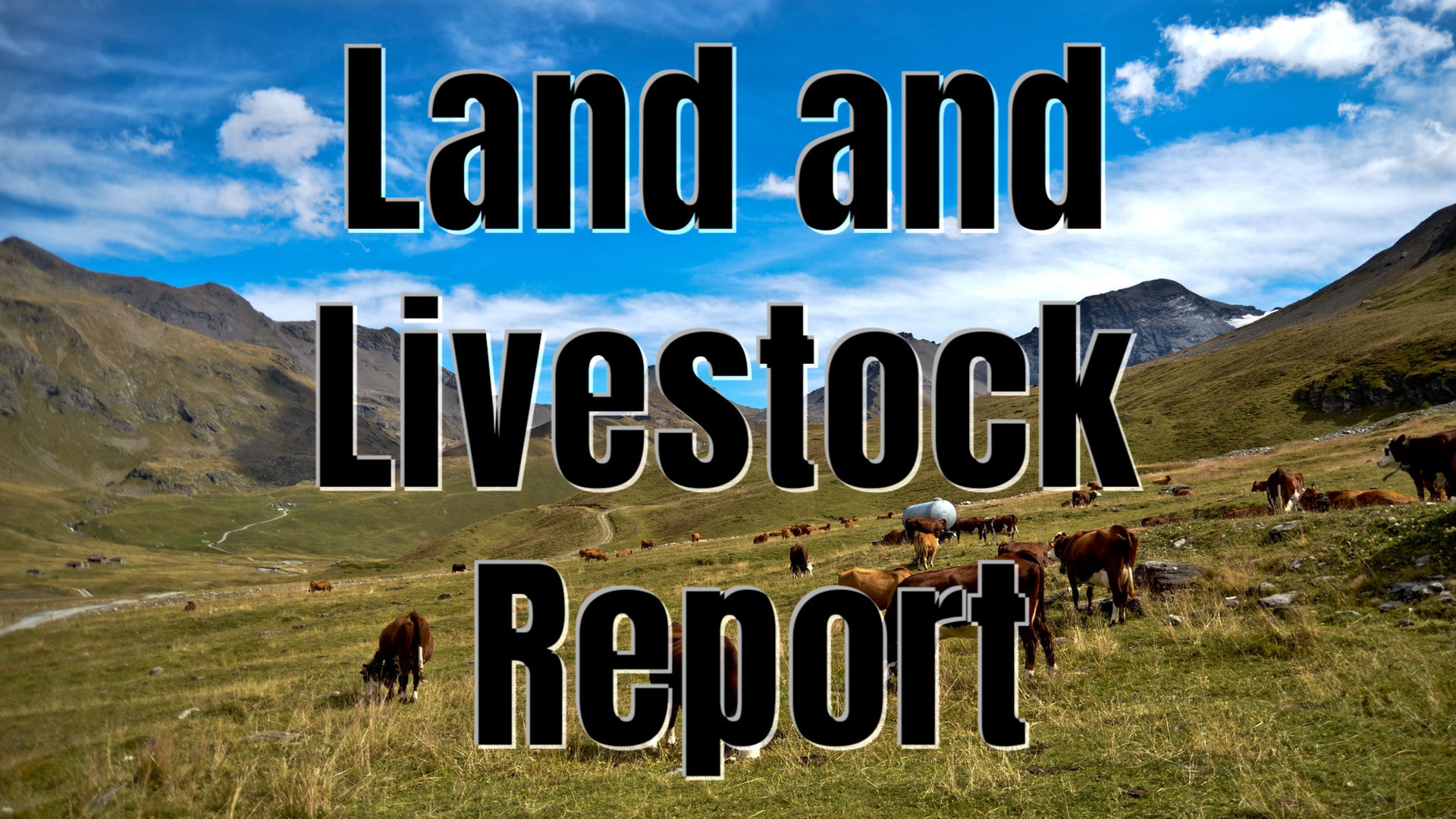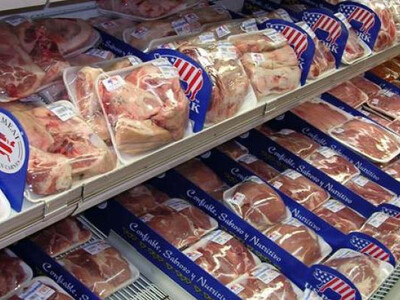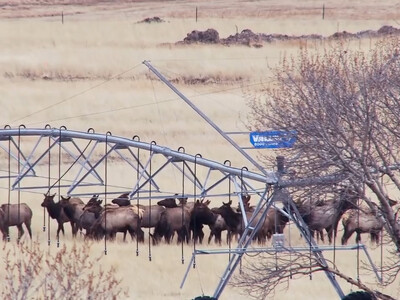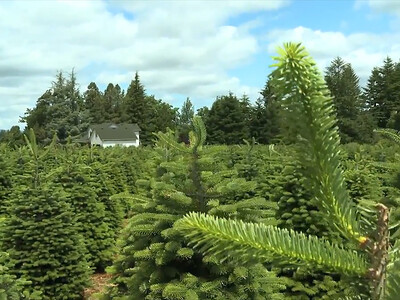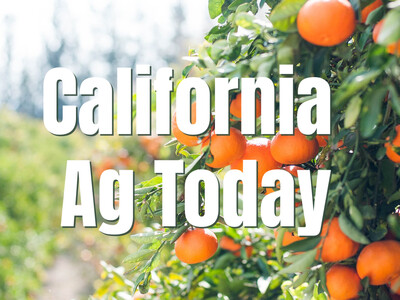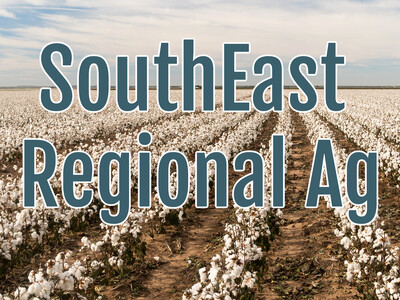Cattle could protect butterflies, conserve native prairies
Carefully managed cattle grazing can improve weed control, plant health and plant diversity on native prairies, according to anecdotal evidence. However, no systematic study has attempted to track the impacts of managed grazing on native prairie plant communities in western Washington – until now.Scientists at Washington State University, in partnership with the U.S. Department of Defense (DoD) and the nonprofit Center for Natural Lands Management, will study how “working landscapes” might support habitat conservation goals.
WSU Extension Service Director and Ag Faculty Lucas Patzek expects the research to find that, through prescribed management, cattle can selectively graze non-native perennial grasses that limit establishment and growth of native species.
Patzek: “Basically after two season is when we will have a really sound first look of what is going on. But anecdotally, the areas that you exclude from grazing — there are already so many non-native grasses and plants in all of these systems — that our hypothesis is that if you don’t have some sort of management — that is grazing, herbicide, burning or mowing — then these non-native grasses just create this really thick thatch layer and just completely outcompete and out shade any native plant that wants to grow in there.”
He also expects cattle hoof action will more readily return organic matter to the soil and promote seed contact with soil for improved rates of germination of native plants like golden paintbrush.


